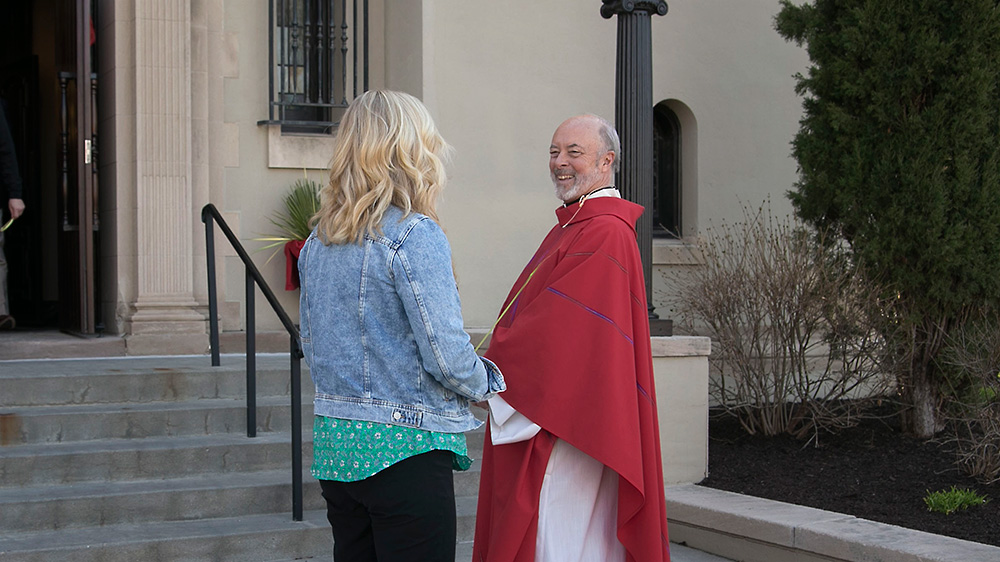Dear Friends,
Last Friday evening, I sat next to a young couple at a wedding rehearsal dinner. They were friends of the bride and groom and had recently been married themselves. They had just driven in from their home in Wyoming and brought with them their six-month old child. The child was intrigued by the environment Gorat’s provided and the people sitting close to him, like me.
Like all babies, this child found human faces the most interesting thing to look at. I always wish I could get inside the child’s head to know his thoughts as he stared into my eyes. He certainly was not scared but was greatly intrigued by this guy who had a beard like his dad did but was clearly not the same person.
That dinner got me wondering about how soon babies begin to make connections with faces. One piece of research I found said that babies’ brains already at four months process faces at nearly adult levels while other images are still being analyzed. If that is so, then this six-month old was already very aware that I was not his dad but some stranger who he was trying to figure out.
I also ran across a study from 1975 with insightful warnings. The developmental psychologist Edward Tronick demonstrated in a widely replicated experiment called “still face” that babies were very aware of what was happening in the face of the other. In the experiment, infants and toddlers sit across from their caregivers who have been told to avoid all facial expressions and responses to their children. The video of these experiments, which last only a few minutes, are wrenching to watch as the adults feign indifference to the children’s presence while the children exhibit greater and greater degrees of disruption, writhing in frustration and ultimately collapsing in distress.
Author, Jason Goldman, described it this way, “…a phenomenon in which an infant, after three minutes of ‘interaction’ with a non-responsive expressionless mother, ‘rapidly sobers and grows wary. He makes repeated attempts to get the interaction into its usual reciprocal pattern. When these attempts fail, the infant withdraws [and] orients his face and body away from his mother with a withdrawn, hopeless facial expression.’”
Reading these and other studies reminded me how essential to our lives is the work of recognition. It is one of the primary tasks of infancy. Just as important as eating and drinking is the work of coming to know ourselves through the faces of those who love us. We build our sense of self through their eyes. Imagine, if in your infancy, you did not have faces looking at you with love. What kind of adults would we become if all we observed as children were faces who were expressionless or filled with disgust? How would you ever know you are loved by God if you never received love from the adults around you as you were growing up?
Is it possible to fully undo the negative experiences done to children over those developmental years? I do not know. However, like in Deacon Larry’s example last weekend, a great gift we could give to people is to truly recognize them as the individuals that they are, to look them in their eyes and speak to them. Actively looking at a baby makes all the difference in the world to that child; it has a similar impact on adults. By truly seeing people and engaging them, we can give them the gift of God’s love. We help them know God’s love by giving that love a human face. Our eyes, our words, our smile, and our engagement with them places them in the presence of Jesus Christ.
I am sure you will encounter someone this week who needs to see God’s love in the flesh. Will you be that for them?
Peace,
Fr. Damian



